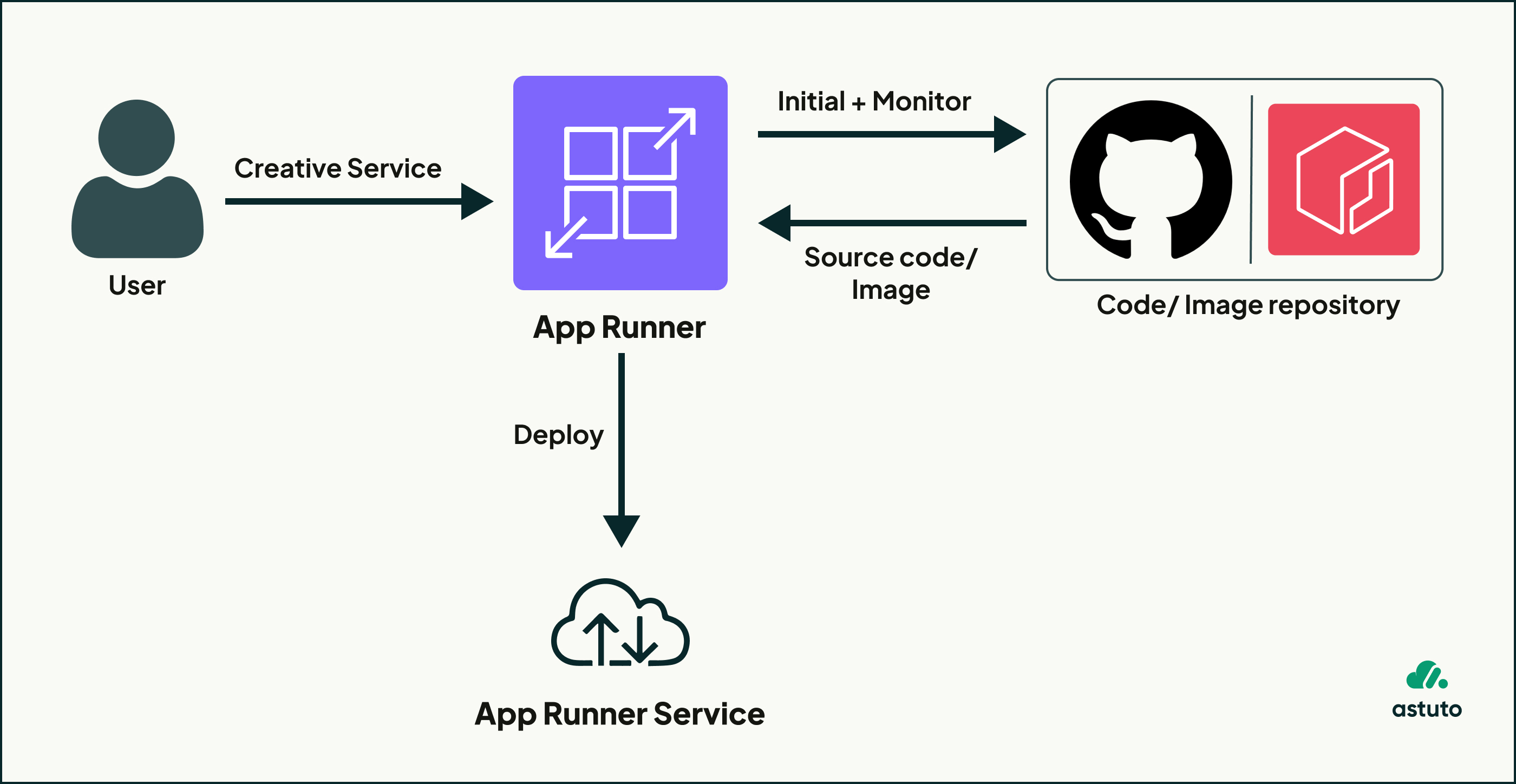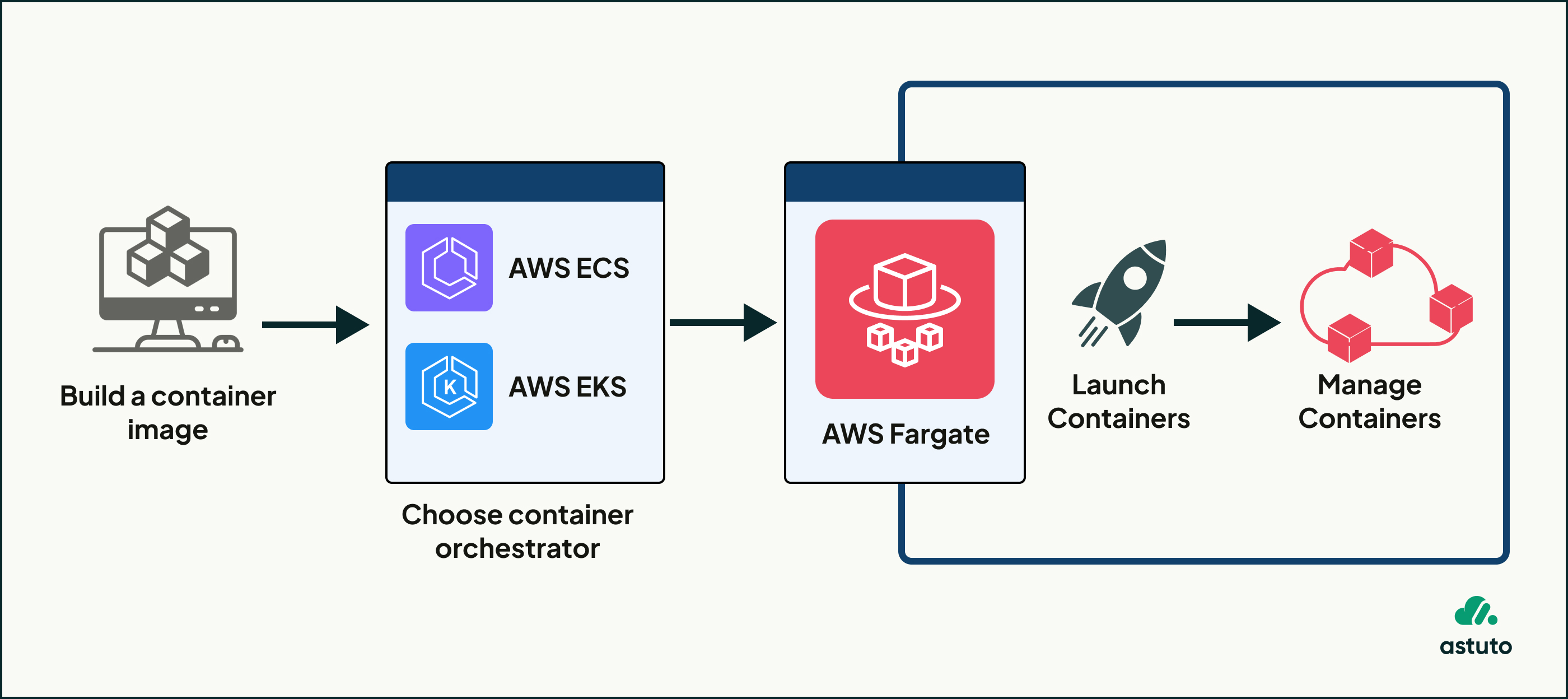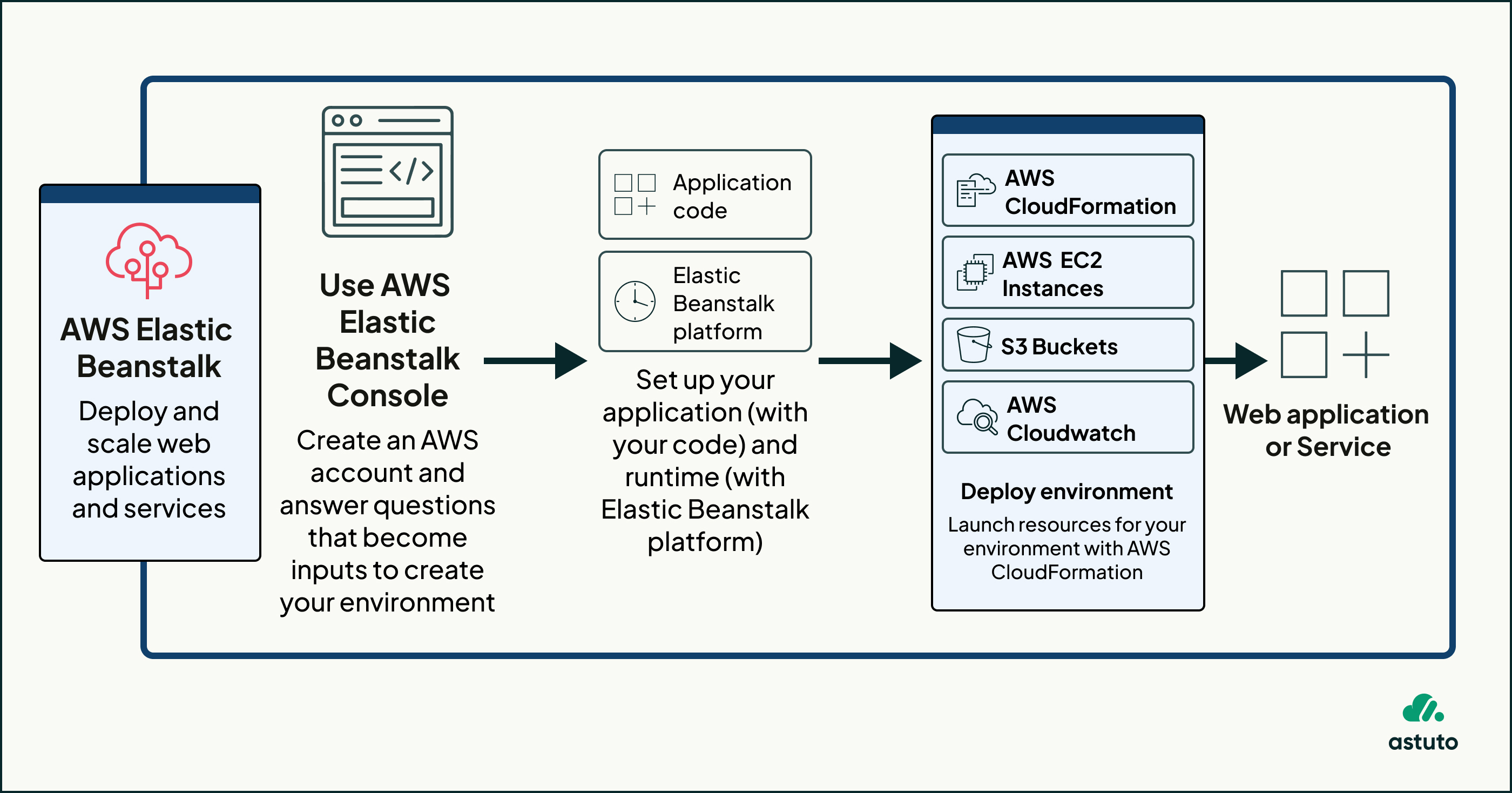You're building a new web app. Should you go serverless? Containers? Or stick to EC2-based platforms?
With so many AWS options, choosing the right deployment service can feel overwhelming.
Each of these services is designed to simplify the deployment process, but they vary in terms of how much control you have, how much infrastructure you manage, and how your application scales. Choosing the right one depends on your project’s architecture, team experience, and scalability needs.
This blog will help you understand the differences between these services, compare their features, and guide you in selecting the best option for your specific use case.
What is AWS App Runner?

AWS App Runner is a fully managed service that allows developers to deploy web applications and APIs directly from source code or container images. You do not need to manage infrastructure, servers, or scaling. It automatically builds and runs your service, handles HTTPS, and scales up or down based on demand.
App Runner is designed for simplicity and speed. It is ideal for developers who want to focus on code rather than managing resources.
When to Use AWS App Runner?
Choose App Runner if:
- You want zero infrastructure management
- You’re working on simple, containerized web services
- You need fast deployments with minimal configuration
- You want to deploy directly from GitHub or ECR
Ideal For:
- Startups building MVPs
- Solo developers or small teams
- Serverless-first applications
What is AWS Fargate?

AWS Fargate is a container service that allows you to run containers without managing servers. Fargate works with Amazon ECS or Amazon EKS. You define the resources (CPU and memory), and Fargate launches containers as tasks in your environment.
Fargate gives you more control than App Runner but requires more setup, especially when managing clusters, networking, and IAM roles.
When to Use AWS Fargate?
Choose Fargate if:
- You need multi-container orchestration
- You require network-level control (VPC, subnets, IAM)
- You're building event-driven systems or microservices
Ideal For:
- Backend services with background workers
- CI/CD runners, cron jobs, or batch tasks
- Teams comfortable with ECS or EKS configurations
What is AWS Elastic Beanstalk?

AWS Elastic Beanstalk is a platform-as-a-service (PaaS) that supports web applications in multiple programming languages. You upload your application code, and Beanstalk automatically handles deployment, from provisioning resources to scaling and monitoring.
Elastic Beanstalk is often used for deploying traditional web applications and supports both pre-configured environments and custom Docker containers.
When to Use AWS Elastic Beanstalk?
Choose Elastic Beanstalk if:
- You’re deploying a legacy or monolithic web app
- You need to customize EC2 instances
- You prefer a PaaS model but want infra visibility
Ideal For:
- Java Spring Boot or .NET MVC apps
- Web apps needing stateful services (e.g., with RDS)
- Lift-and-shift migrations
Feature Comparison: App Runner vs Fargate vs Beanstalk
Below is the table comparing key features of AWS App Runner, Fargate, and Elastic Beanstalk.
Pricing Overview
Below is the table comparing pricing details for AWS App Runner, Fargate, and Elastic Beanstalk in the US East (N. Virginia) region.
Developer Experience Comparison
Below is the table comparing the developer experience across AWS App Runner, Fargate, and Elastic Beanstalk.
Pro Tip: You can combine these services for cost-performance balance—for example, using Fargate for core services, and App Runner for sidecars or Elastic Beanstalk for web frontends.
Which One Should You Choose?
References
2. AWS App Runner Pricing – Fully managed container application service
3. Getting started with App Runner
4. AWS Fargate for Amazon ECS - Amazon Elastic Container Service
5. Serverless Compute Engine–AWS Fargate Pricing–Amazon Web Services
7. Elastic Beanstalk supported platforms
8. AWS Elastic Beanstalk Pricing - Amazon Web Services (AWS)
Conclusion
Choosing the right AWS deployment service depends on your project's needs. If you want simplicity and speed, App Runner is a great fit. For containerized workloads with custom networking or scaling, Fargate offers more control. And if you're working with traditional web apps or migrating existing projects, Elastic Beanstalk provides a familiar and flexible environment.
Understanding the strengths of each helps you make smarter, more efficient deployment decisions.





.jpeg)
